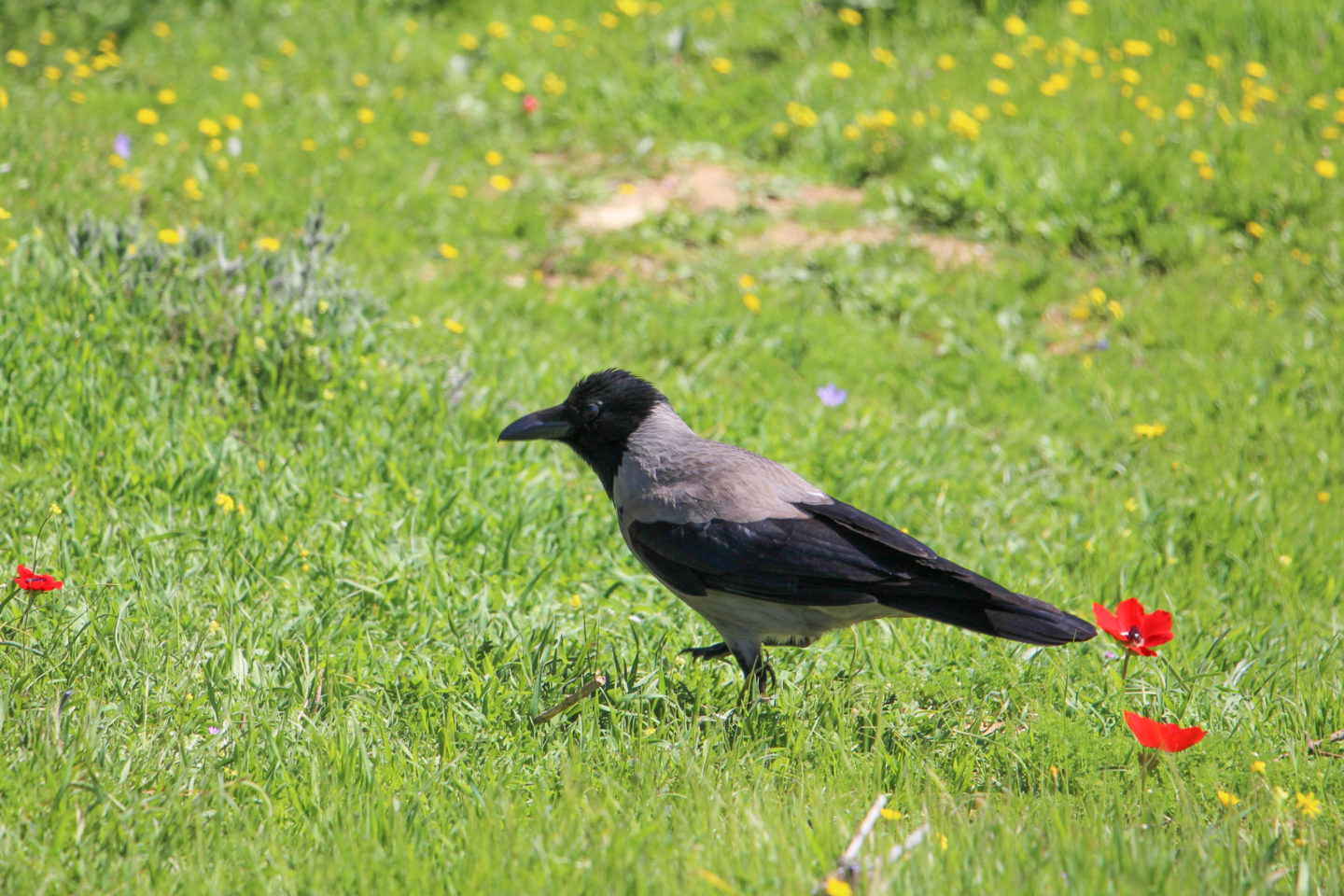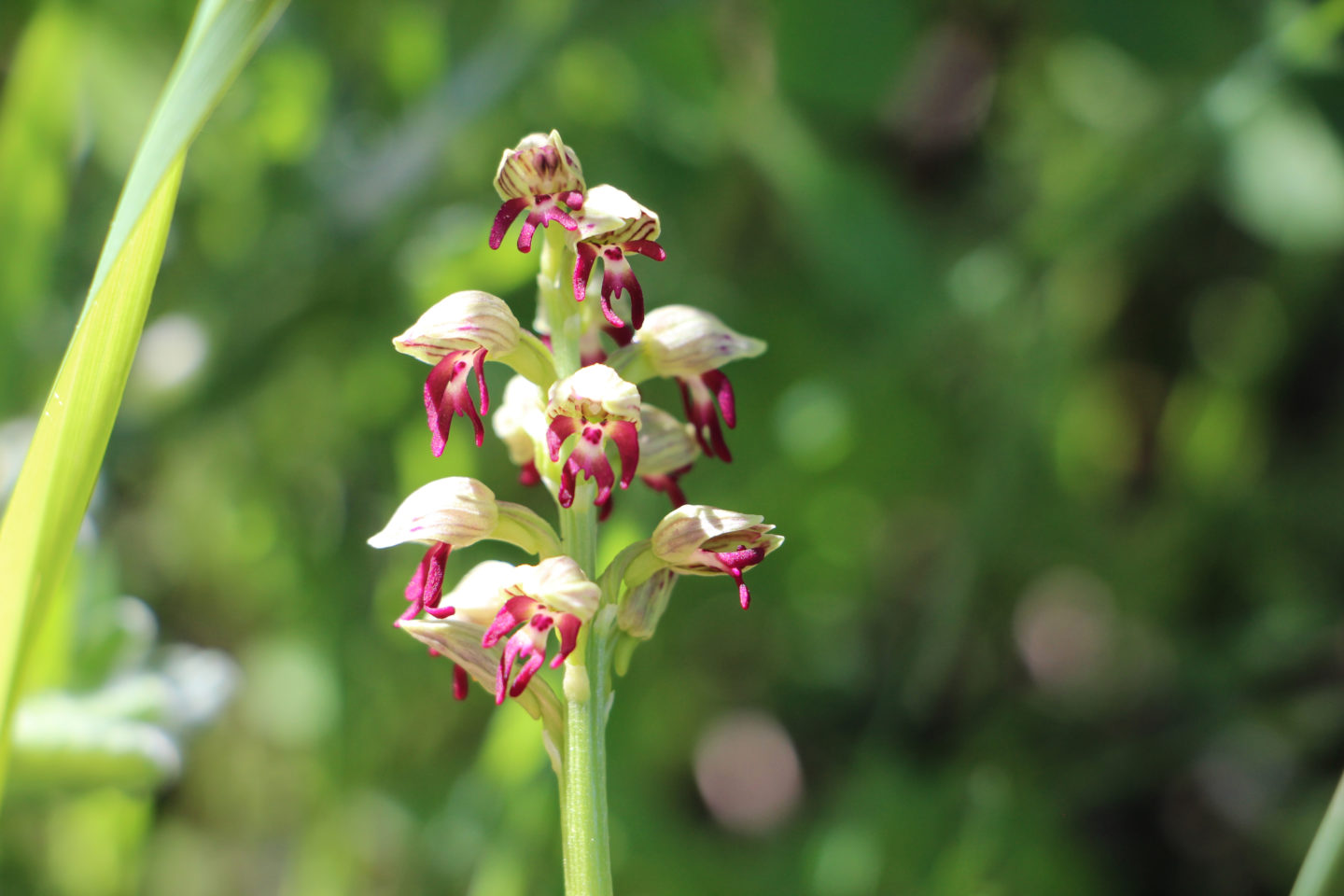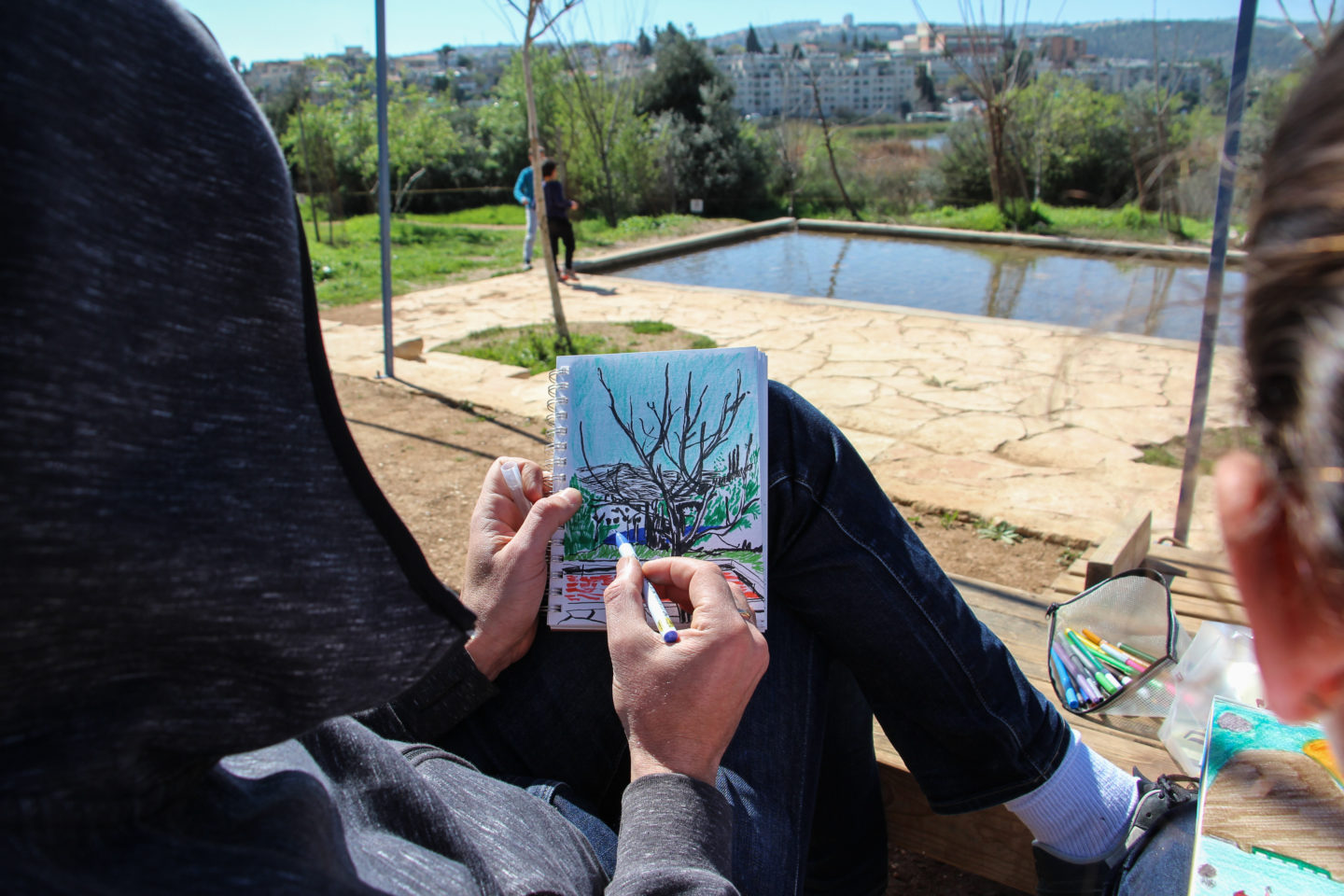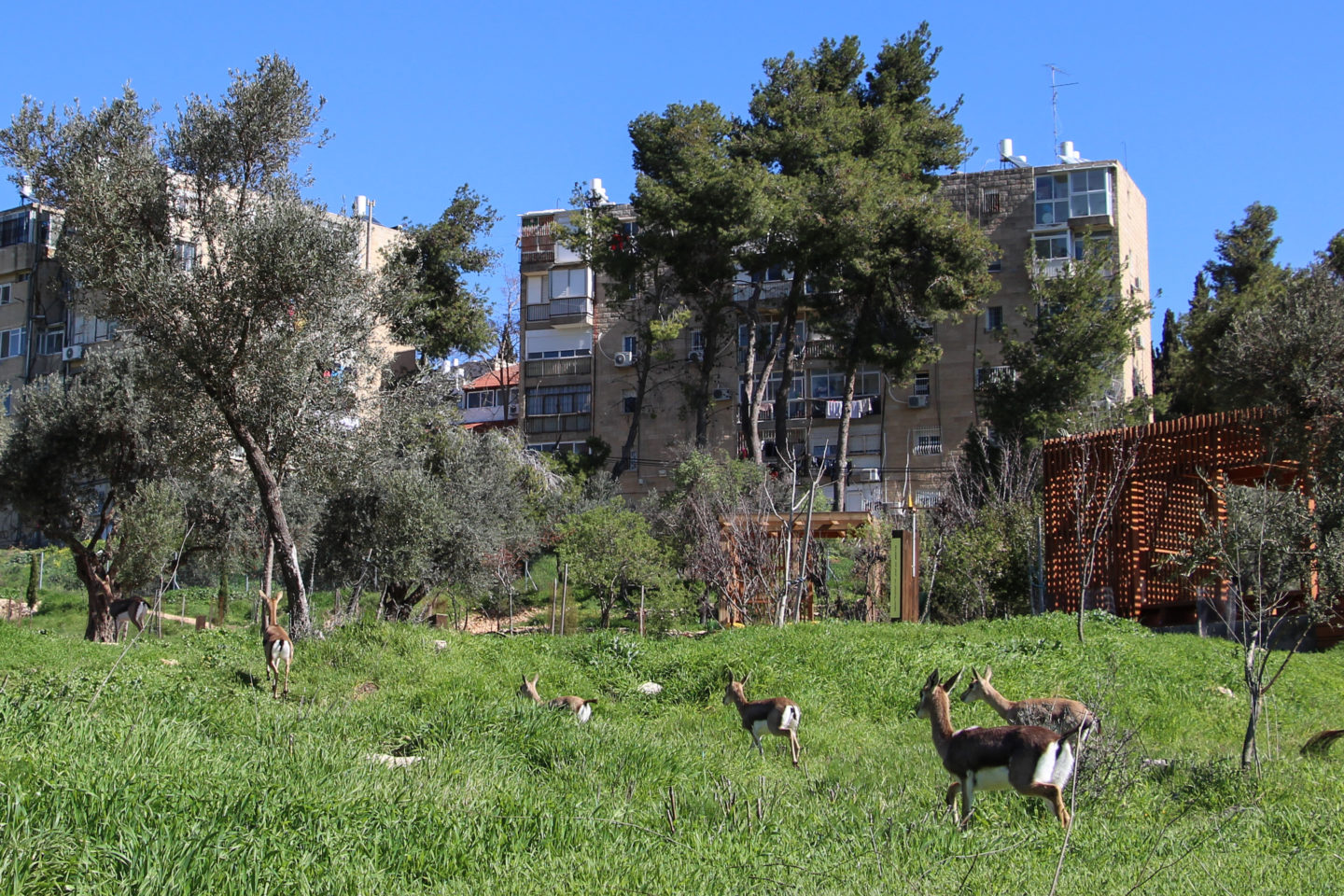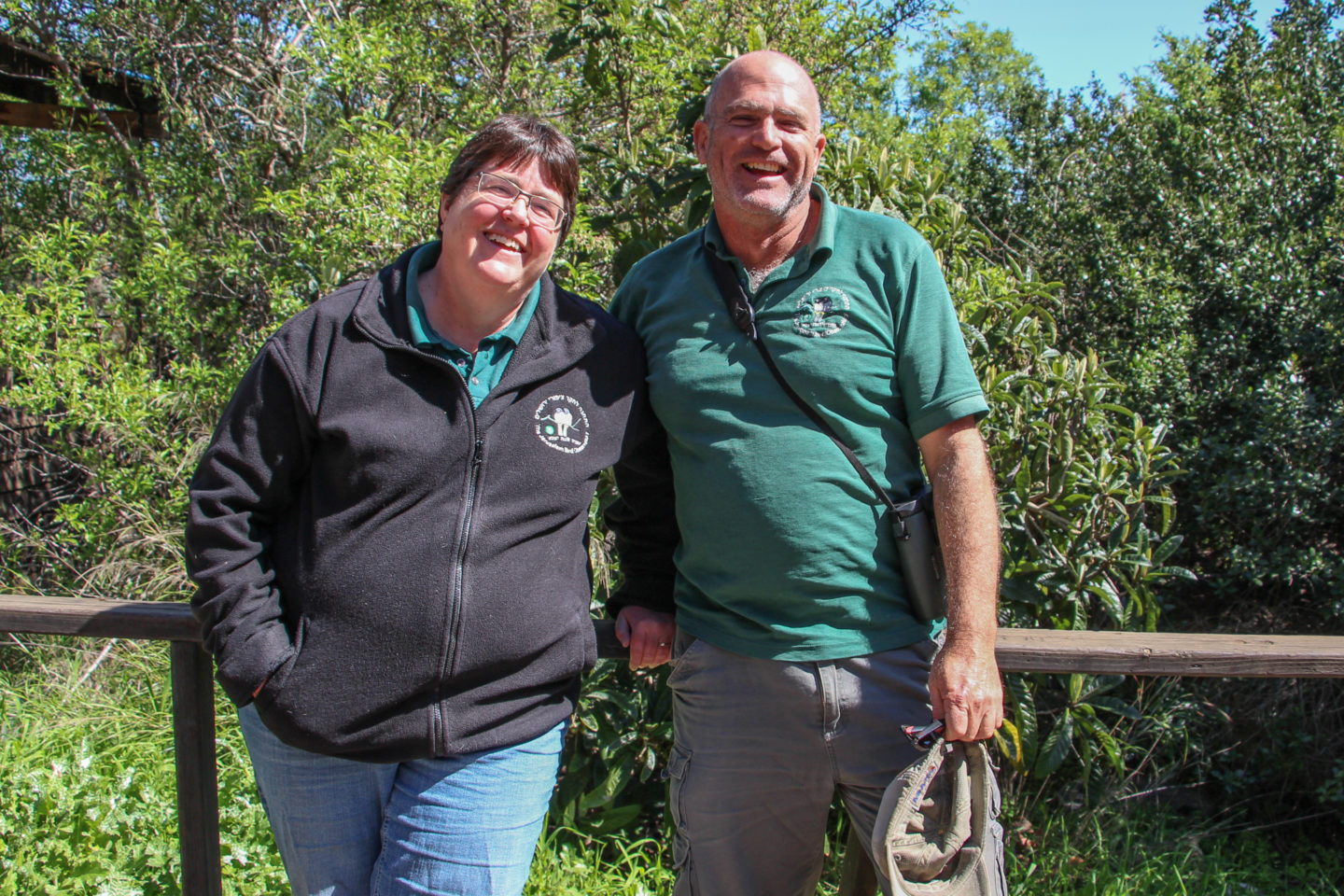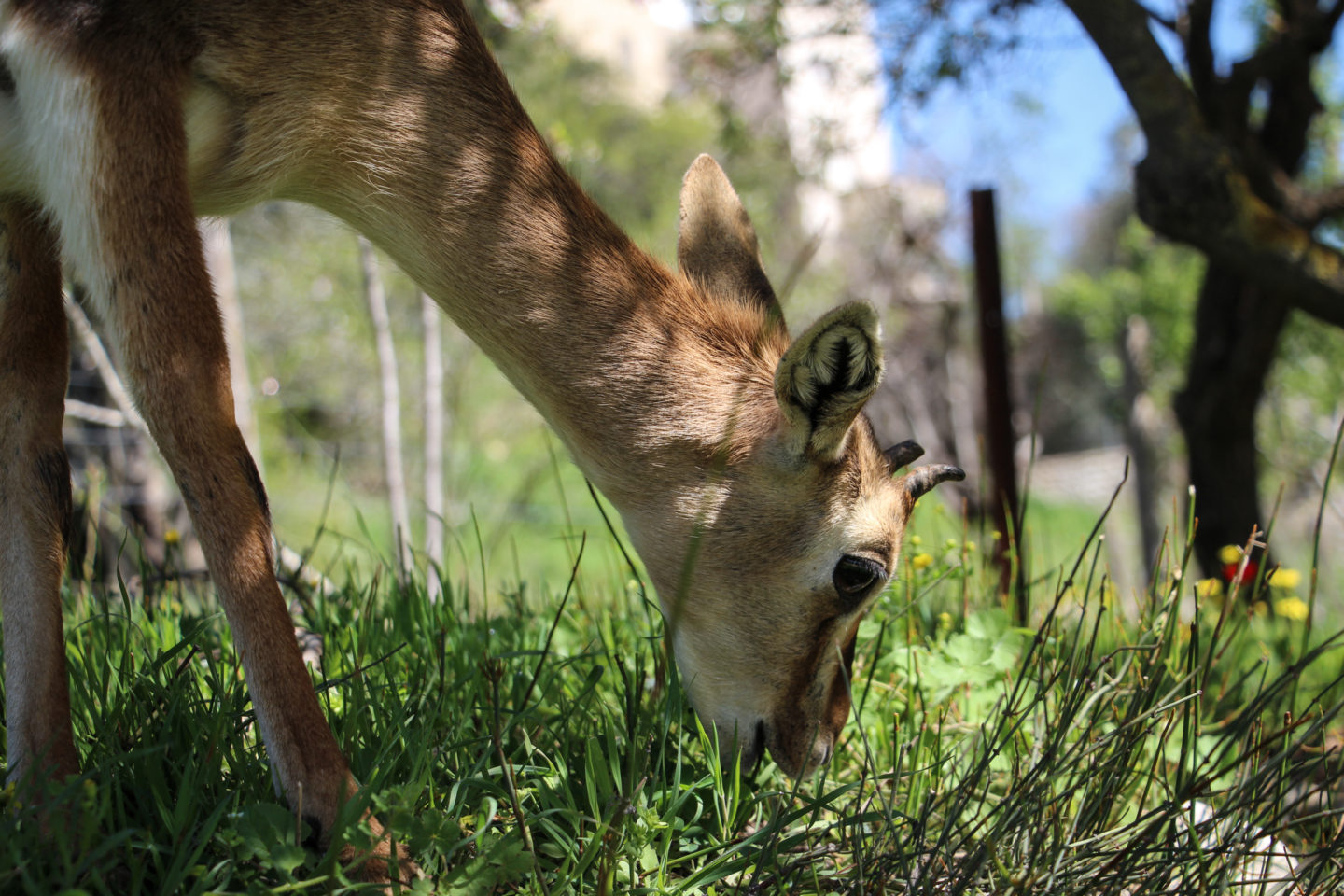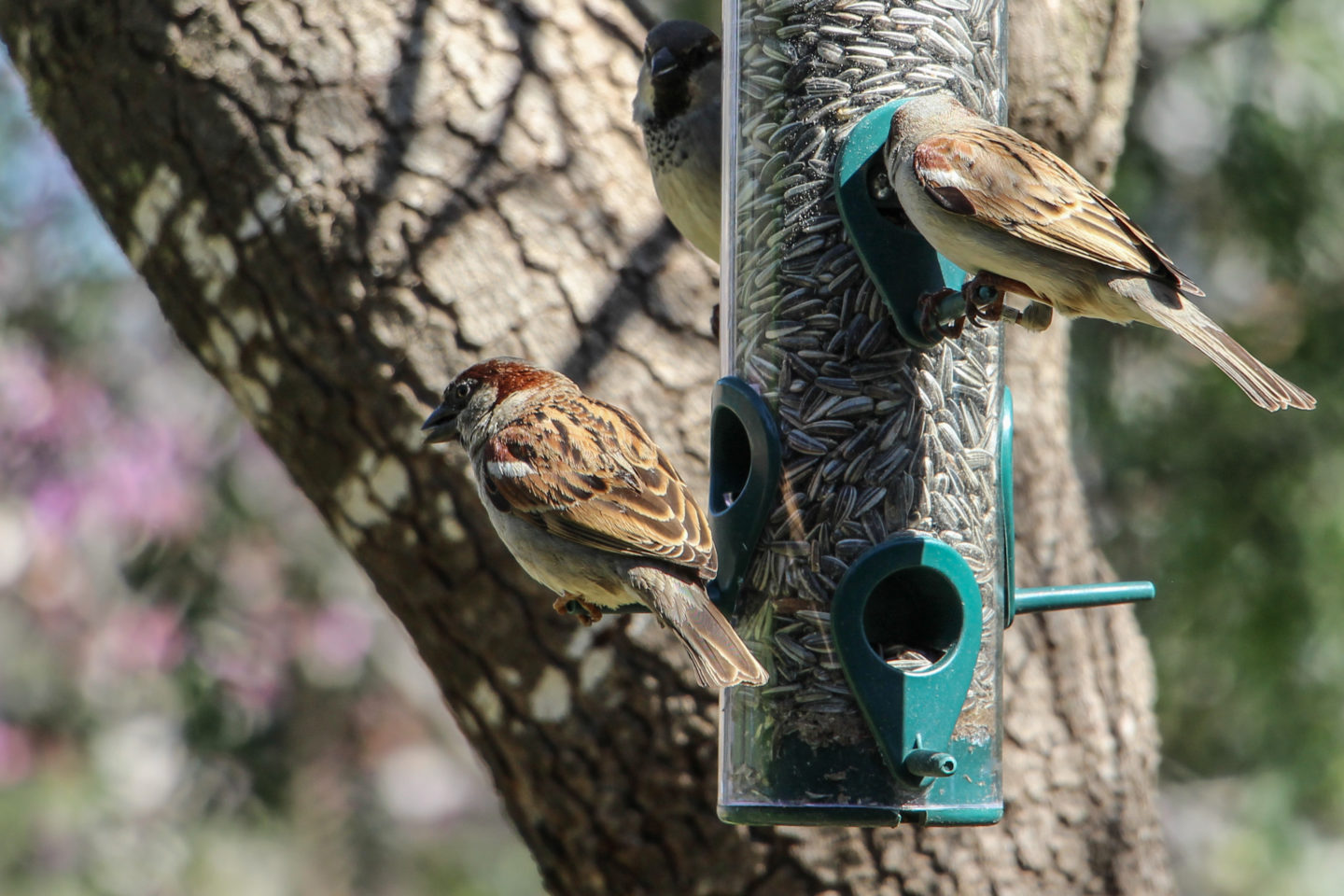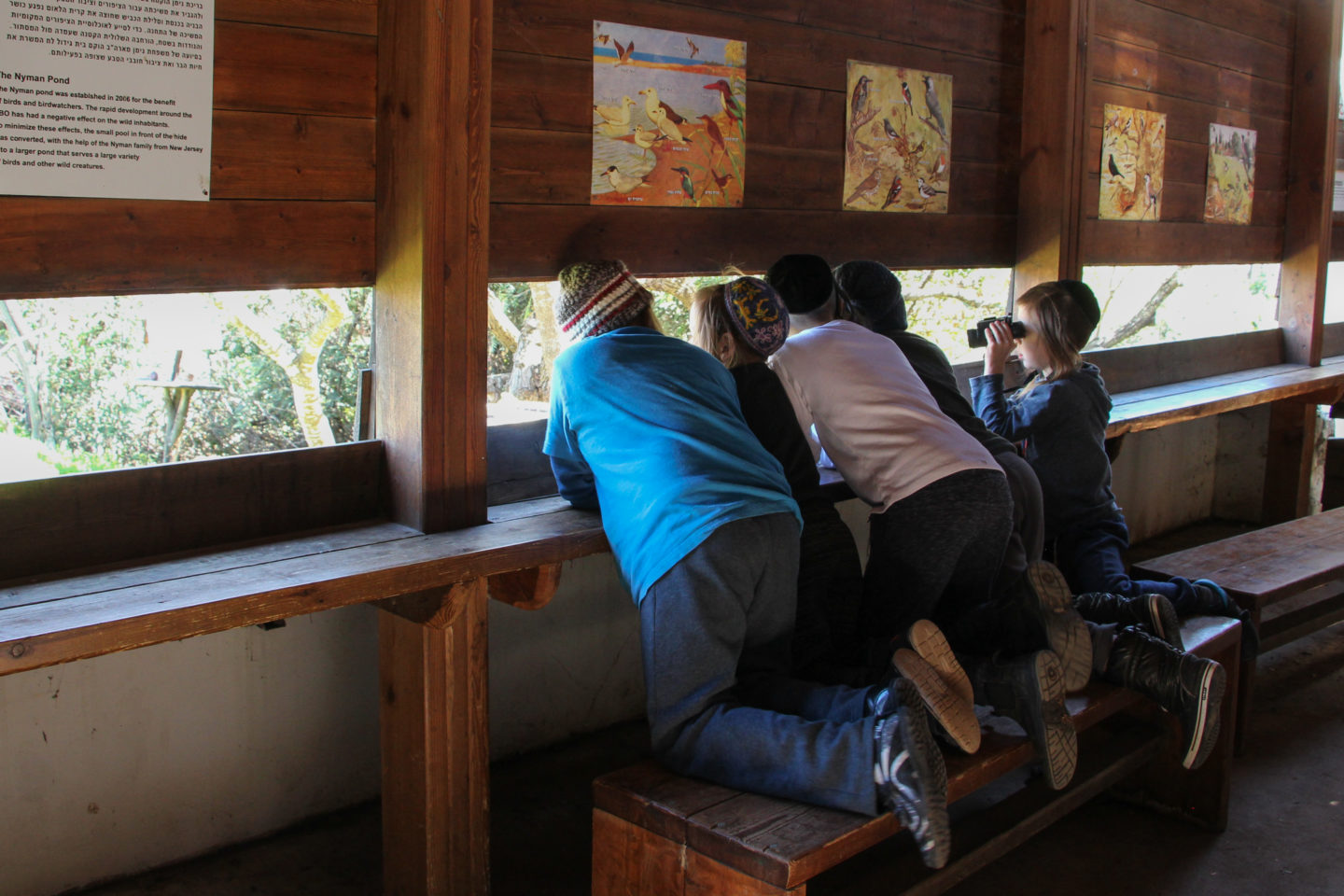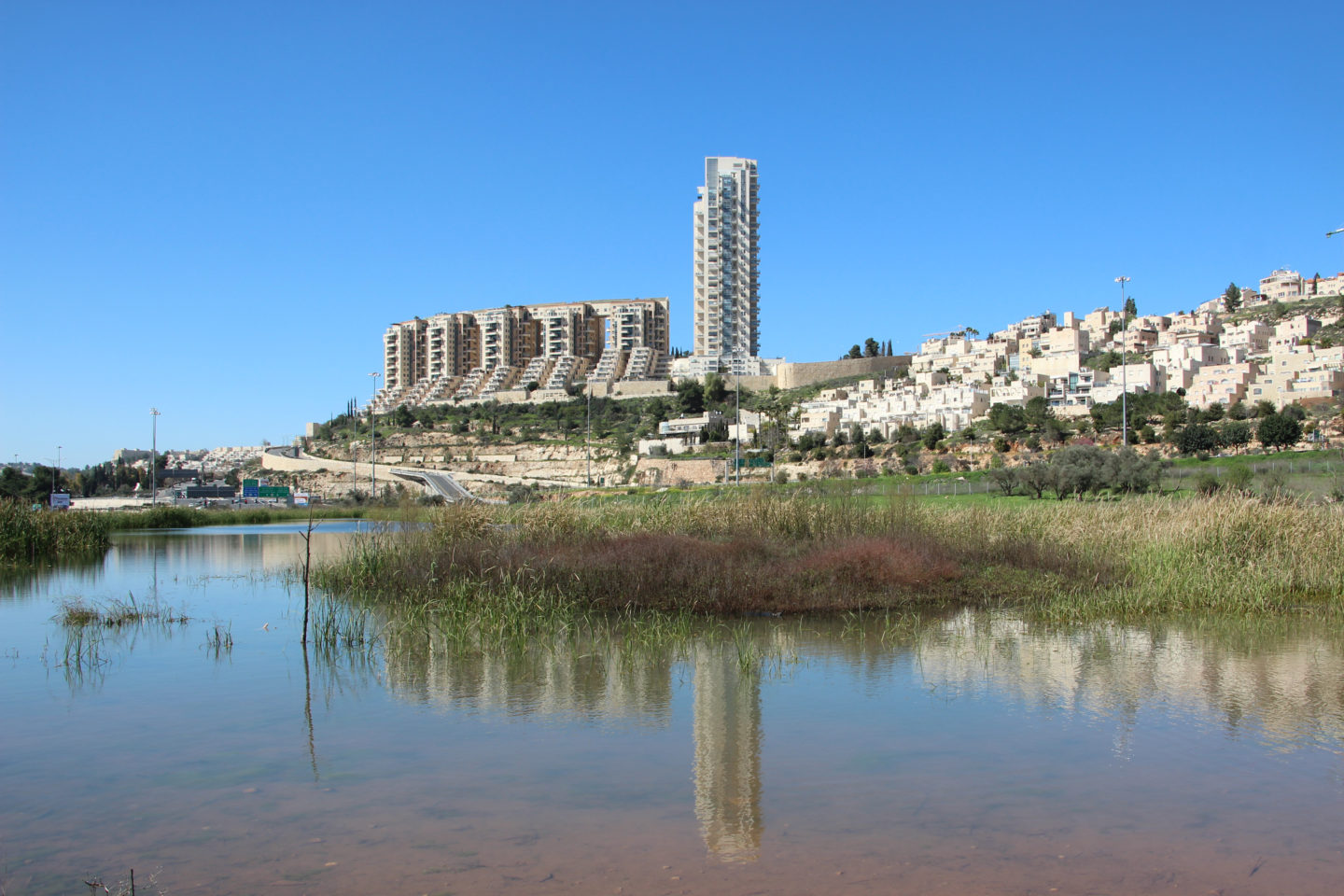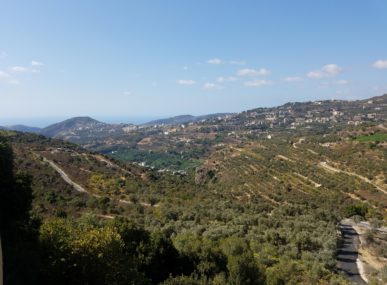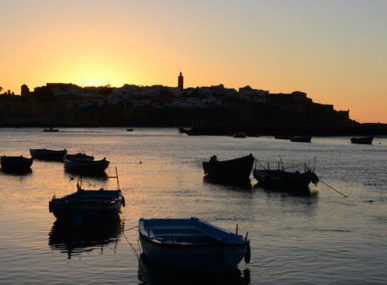There are, however, those who are rewriting and reversing the change. Two of the leaders in that movement are Amir Balaban, a founding member of Gazelle Valley Park, and Alena Kacal, Director of the Jerusalem Bird Observatory (JBO). These two sites are part of the Jerusalem Urban Wildlife Initiative, and are shifting the relationship between people and nature. The national initiative is a partnership lead by the Ministry of the Environment, the Society for the Protection of Nature in Israel (SPNI), more than 45 municipalities, and the Beracha Foundation.
Jerusalem, Israel
Sustainable Tourism
Looking at the residentially-dense hills surrounding Jerusalem, it is easy to forget that hundreds of wild gazelles once roamed these landscapes, grazing on low-hanging olive and pistachio tree branches. Today, that number — and the green space around the city — has dwindled.
Showdown between builders and parkland:
Sitting in a grassy field surrounded by red anemone blossoms, it is hard to believe that this site almost ceased to exist. That was Gazelle Valley’s fate in 2000 — a plan for 1,400 flats was submitted, and would have had to uproot the long-abandoned orchards that stood in the valley.
“What the developers and municipality did not expect was such a public uproar,” says Balaban. “The people who led this fight were the ones who lived around the valley, and would come here on Saturday mornings. In Jerusalem’s original master plan, this was designated as a public open land. For it to become housing was a big problem.”
Supported by SPNI, the country’s largest and oldest NGO, community members waged battle and eventually won. Rather than awaiting another site plan from the city, the coalition responsible for the community uprising took responsibility for the future of the green space.
“Every person in Israel deserves the ability to enjoy nature. If you build a gated residential community, that’s basically preventing this amendment,” says Balaban. “Gazelle Valley Park was the first time in Israel where a community created a master plan for an urban wildlife site on such a large scale.” This community activism and engagement remains a core value for the Jerusalem Urban Wildlife Initiative today.
In March 2015, Gazelle Valley Park reopened to the public as a completely reimagined and reinvigorated urban wildlife sites. When it comes to these green spaces, the municipality is now on board. “The Gazelle Valley project marks the direction in which we would like to take the city forward,” says Nir Barkat, Mayor of Jerusalem, in a pamphlet for the park. Gazelle Valley is now a municipal park and has become an integral part of the city’s park system.
Jerusalem Bird Observatory:
With a size of 50 acres (202,343 sqm) and 160,000 visitors each year, Gazelle Valley Park is the biggest of Jerusalem’s urban wildlife sites, but is far from the only one. In fact, there are 151 green sites spread across the city.
Jerusalem Bird Observatory is the original of these sites. Long before the community fought for Gazelle Valley Park, there were just a few enthusiastic young ornithologists looking for a bird-watching patch close to home.
In 1994, that patch of land became the JBO, the city’s first example of an urban wildlife site. Wedged hillside between the national legislature building and a cemetery, fluorescent green finches chirp. Beyond the man-made wetland habitat, you can hardly hear the city.
At just 1.5 acres (6,070 sqm), JBO is small, but according to director Alena Kacal, the site serves as the feeding “gas station” for the 500-700 million migratory birds that fly over Israel each year. In both spring and fall, the site can see up to 200 species of birds, a parade of biodiversity that attracts dozens of school groups and ornithologists, each year.
In a region where land is hotly contested, Kacal says urban wildlife sites like JBO offer an alternative narrative. “It’s a place of connection, and we can all agree on needing nature,” she says, adding that the JBO’s 40 volunteers range greatly in age and political belief. “We say that we leave the politics [at the Knesset] next door.”
Public education is a key part of JBO’s mission, and hosts daily bird ringing and school activities during the fall and spring migratory seasons. They also host a program for high school students where they learn the hands-on measurement and observational science. “If I look outwards at the people who are doing bird research in this country, a huge percentage of them started here,” Kacal says. “So I think we’ve succeeded in spreading our mission outwards.”
In cities, the draw of nature:
Spreading outwards is a next step for the Jerusalem Urban Wildlife Initiative. “We want every city in Israel to have at least one community urban wildlife site, and that they serve as one of the basic pieces of infrastructure in every city,” Balaban says.
To do this, the initiative and SPNI are embarking on a large-scale urban wildlife survey across Israel. Nearly half of the country’s cities are complete, and these surveys will give communities the quantifiable data they need to advocate for natural flora and fauna within their boundaries.
Balaban and Kacal say this hard data is essential, and a similar survey has already helped JBO better advocate for its winged guests. “All of a sudden you have numbers, and the people who write budgets understand numbers, trends, and graphs,” Kacal says. “The data also helps with education because we can show that climate change is affecting birds and that it’s not a theory or something they read in a book.”
Property value is another of those pieces of data that works in favor of advocating for urban wildlife sites. Balaban has noticed a curious shift in the apartment blocks lining the park: residents are switching the direction their balconies face, so their homes overlook the park. “Invest in a city’s wild habitats first and it is an investment in your property,” he says of the switch.
That is one of the goals of urban wildlife sites: create a place where people understand both the financial and environmental benefits of being close to nature. Places where it can feel like they are immersed in greenery — without ever having to leave the city. If the Jerusalem Urban Wildlife Initiative has its way, this will one day be the case for every city across Israel.
You can learn more about the Jerusalem Urban Wildlife Initiative through the SPNI website, the JBO Facebook page, and the Gazelle Valley Park Facebook page. The JBO page in the Israel Birding Portal can be found here.
Photos: courtesy of Hilary Duff.

